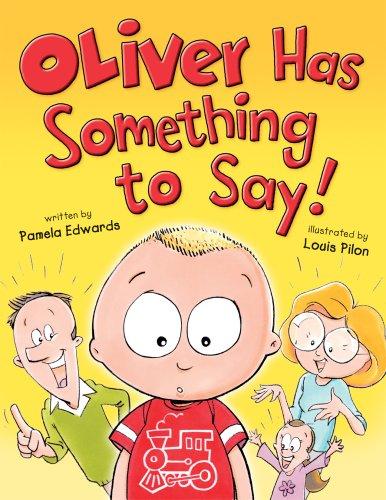 |
| By Pamela Edwards Illustrated by Louis Pilon Published in 2007 |
I really liked this book. The illustrations were great. Right when I turned the page before the book even started there was a picture. I had no idea what was going on but I think it would start a good class discussion of what they think the story will be about.
The main character, Oliver, is having trouble finding his voice. Everytime someone ask him a question it seems that someone else is answering for him. I feel that this is something that happens often to kids. Many students can relate to Oliver. Fortunately his teacher is kind and helps Oliver find his voice to make his own choices. To the families surprise one night Oliver shouts and tells them all about how they were wrong when they answered for him. This story can not only encourage students who are shy to speak up but also those students who always tend to blurt and speak for others. Hopefully they will realize that although they may just want to help, they should let others speak for themselves.
An activity you could do is have the students write or draw their own story. They can write from personal experience or make it up. Discuss how things might have been better if they would have just told to truth right away.












